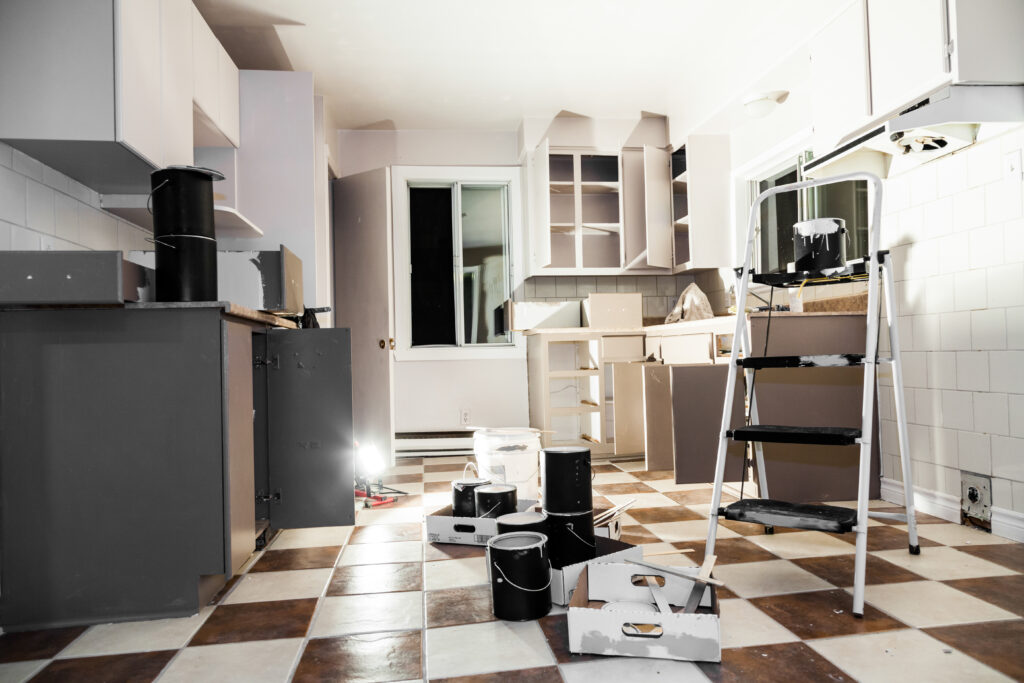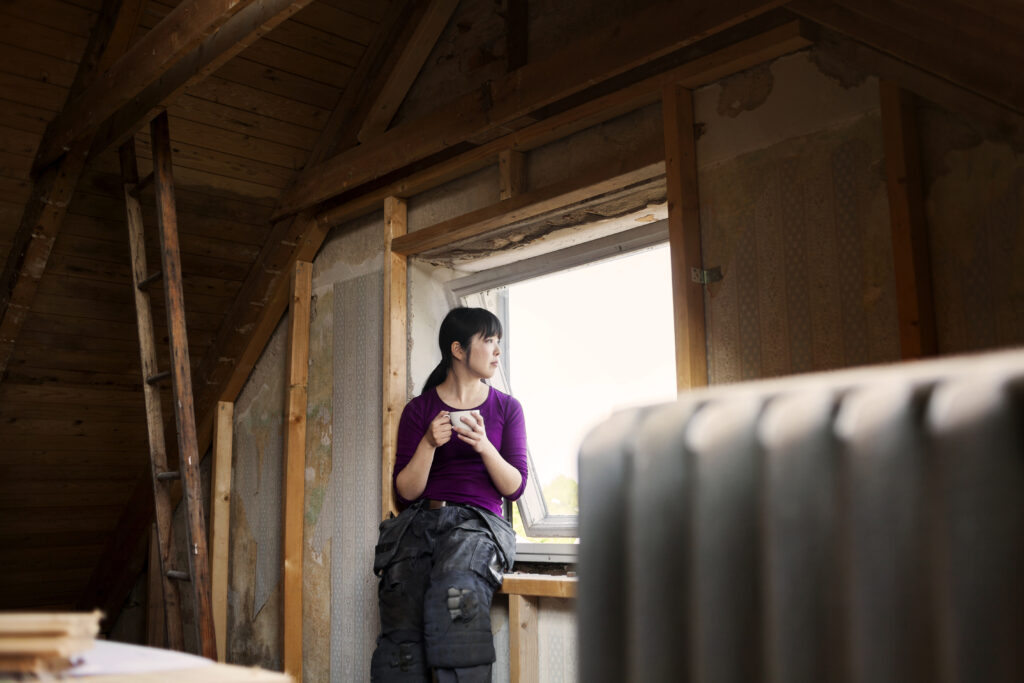Should You Invest in a Fixer-Upper or a Move-In Ready Home?
Are you in the market for a new home? If so, you may be wondering if you should invest in a move-in ready home or a fixer-upper.
While both options have their benefits, it’s important to understand the differences between them before making a decision. Move-in ready homes are just as the name implies – they’re already prepped and ready to move into, while fixer-uppers require additional work and renovations to make them livable.
To learn more about their differences to help you narrow down your decision, keep reading!
Defining Fixer-Uppers and Move-In Ready Homes

When you’re looking to buy a new home, you’ll quickly discover that there are two types of properties: fixer-uppers and move-in-ready homes.
A fixer-upper is a property that needs significant renovations and repairs, such as a new roof, electrical work, or major updates to the kitchen or bathrooms. A move-in ready home, on the other hand, is a property that is ready to be occupied right away with little to no repairs or upgrades needed.
The key difference between these two types of properties is the amount of work and money required to make them habitable. While fixer-uppers can be cheaper initially, the costs of repairs and renovations can quickly add up. Move-in ready homes may be more expensive upfront, but they offer comfort and convenience without additional costs. Understanding the definitions of these two types of properties is essential when deciding which one is right for you.
Pros and Cons of Fixer-Uppers

Fixer-uppers can be an appealing option for those looking to put their own personal touch on their home.
One of the main advantages of investing in a fixer-upper is the potential for a higher return on investment. Since these properties are typically priced lower than move-in-ready homes, there is potential to build equity through renovations and improvements. Additionally, buyers have the opportunity to customize the home to their specific tastes and preferences.
However, it’s important to consider the cons of purchasing a fixer-upper as well. One of the biggest drawbacks is the time and effort required for renovations. Depending on the extent of the work needed, it could take months or even years to complete the renovations. This can be a significant inconvenience, especially if you are on a tight timeline or lack the necessary skills for the renovations.
Moreover, the costs of repairs and renovations can quickly add up and potentially exceed your initial budget. It’s crucial to have a detailed understanding of the home’s condition and the estimated costs of repairs before committing to a fixer-upper.
Another downside to fixer-uppers is the potential for unexpected issues. Often, older homes have hidden problems that may not be apparent during the initial inspection. This can result in additional expenses and stress as you navigate unexpected repairs.
Finally, it’s worth considering the potential impact on your daily life during renovations. Living in a construction zone can be disruptive and uncomfortable, and it’s important to weigh this against the long-term benefits of owning a personalized home.
Pros and Cons of Move-In Ready Homes

Move-in ready homes, often known as turnkey properties, are ready for occupation after the sale. They’re ideal for folks who don’t want to renovate or want a ready-to-live-in home.
One of the main benefits of move-in ready homes is that they save time and money on repairs and renovations. Homebuyers can move in and start living without the added stress and expenses of fixing up a property. They are also easier to finance as most lenders require properties to be in good condition before they will approve a mortgage.
On the other hand, move-in ready homes may not offer the same potential for customization and personalization as fixer-uppers. Some homebuyers may discover that a turnkey property lacks the charm and character, making it appear impersonal and cookie-cutter. Additionally, move-in ready homes can be more expensive, especially if they are located in highly desirable areas.
Ultimately, the decision between a fixer-upper or move-in-ready home depends on personal preferences and circumstances. Homebuyers should carefully weigh the pros and cons of each option, taking into consideration factors such as budget, time constraints, desired level of involvement, and long-term goals.
Factors to Consider Before Making a Decision

When deciding between a fixer-upper and a move-in-ready home, there are several factors to consider.
First, consider your personal skill level and the amount of time and money you are willing to invest in a property. If you are handy and enjoy DIY projects, a fixer-upper may be the right choice for you. However, if you have little experience with home repairs or a busy schedule, a move-in ready home may be the more practical option.
Second, think about your long-term goals. Do you want a home to live in or to fix up and flip? If you’re ready to work to increase the property’s worth, a fixer-upper may be a better investment. If you want a long-term home without extensive modifications, a move-in-ready property may be better.
Finally, consider the location and the overall condition of the property. In some cases, the location may be more important than the condition of the home. Fixer-uppers in attractive neighborhoods may be better investments than move-in-ready homes in less desirable neighborhoods. Regardless of location, a fixer-upper that needs major repairs or structural difficulties may not be worth buying.
Financial Implications of Fixer-Uppers vs. Move-In Ready Homes

When deciding whether to invest in a fixer-upper or move-in-ready home, it’s important to consider the financial implications of each option.
Fixer-uppers often come at a lower purchase price, but the cost of repairs and renovations can quickly add up. It’s important to have a realistic budget and timeline for renovations and to factor in the cost of hiring professionals or DIY materials.
On the other hand, move-in ready homes may have a higher initial price tag, but they often come with fewer surprise expenses. However, it’s still important to budget for ongoing maintenance and potential future repairs.
Another financial consideration is the potential return on investment. While a well-renovated fixer-upper can potentially increase in value significantly, there is also the risk that the investment won’t pay off. Move-in-ready homes may have less potential for significant appreciation, but they offer the convenience and peace of mind of a move-in-ready home.
Ultimately, the financial implications of fixer-uppers vs. move-in-ready homes will depend on individual circumstances and priorities. It’s important to consider both short-term and long-term financial factors before making a decision.
Ready to sell your property? Give us a call today and learn more about our professional photography services that can boost your property listing!
Plus, explore our virtual assistant coaching program to level up your business. Don’t forget to tune into our new podcast for even more valuable insights!
